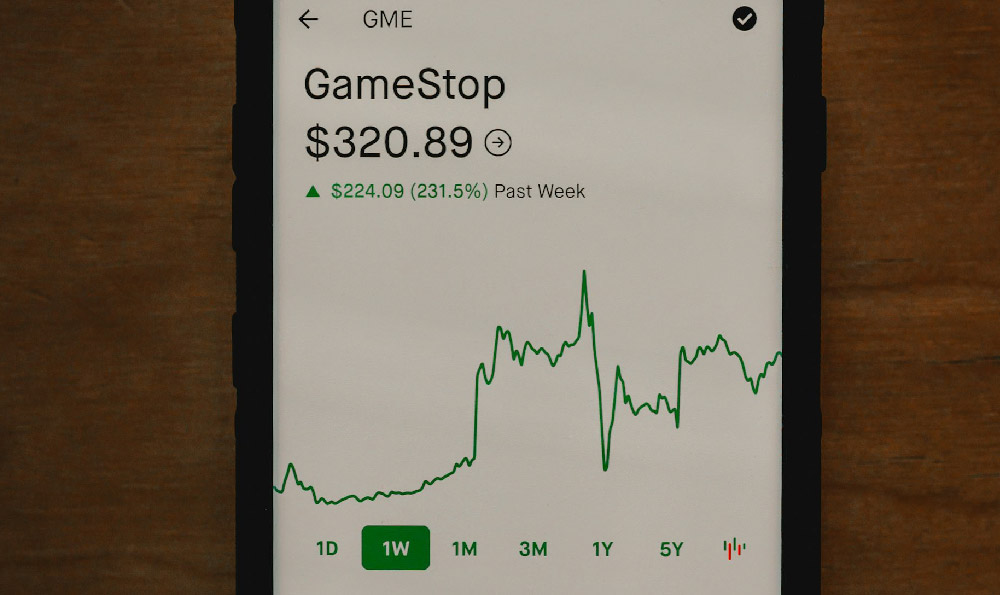Opening an investment account for a minor is a fantastic way to jumpstart their financial future and teach them valuable lessons about saving, investing, and compound interest. While minors can't directly own brokerage accounts, there are several options available to parents, grandparents, or guardians looking to invest on their behalf. Understanding these options, the associated tax implications, and the practical steps involved is crucial for making informed decisions that align with your financial goals and the child's best interests.
One of the most common and straightforward methods is establishing a custodial account, specifically a Uniform Gifts to Minors Act (UGMA) or a Uniform Transfers to Minors Act (UTMA) account. These accounts are created in the minor's name but are managed by a custodian, typically a parent or guardian, until the minor reaches the age of majority, which varies by state (usually 18 or 21). The custodian has the legal authority to make investment decisions and manage the assets within the account.
The primary advantage of a UGMA/UTMA account is its flexibility. You can contribute a wide range of assets, including cash, stocks, bonds, mutual funds, and even real estate (depending on the brokerage). This allows for a diversified investment strategy tailored to the child's age and risk tolerance. The funds in the account can be used for the child's benefit, although what constitutes "benefit" is broadly interpreted and can include expenses like education, healthcare, and extracurricular activities. However, it's important to remember that the assets legally belong to the child, and upon reaching the age of majority, they gain full control of the account, regardless of whether they use the funds as the custodian intended.

Another option, particularly if the primary goal is saving for college expenses, is a 529 plan. Although technically not investment accounts specifically for minors, they function similarly and offer significant tax advantages. 529 plans come in two main forms: prepaid tuition plans and savings plans. Prepaid tuition plans allow you to purchase tuition credits at today's prices for future use at eligible colleges and universities. Savings plans, on the other hand, are investment accounts where contributions grow tax-deferred, and withdrawals are tax-free as long as they are used for qualified education expenses. These expenses include tuition, fees, books, and room and board at eligible institutions.
While 529 plans are not solely for minors, they are often established with a minor as the beneficiary. The account can be transferred to another beneficiary within the family if the original beneficiary doesn't pursue higher education or if funds remain after their education is complete. Unlike UGMA/UTMA accounts, the assets in a 529 plan remain under the control of the account owner (usually the parent) even after the beneficiary reaches the age of majority. This provides more control over how the funds are ultimately used.
The tax implications of these accounts differ. With UGMA/UTMA accounts, the "kiddie tax" rules apply. This means that a certain amount of the child's unearned income (e.g., dividends, interest, capital gains) is taxed at the child's typically lower tax rate, while amounts exceeding that threshold are taxed at the parent's higher tax rate. Understanding the kiddie tax rules is essential for managing the account and minimizing the tax burden. For 529 plans, contributions are generally not deductible at the federal level (though some states offer deductions), but the earnings grow tax-deferred and qualified withdrawals are tax-free.
Before opening an investment account for a minor, carefully consider the following steps:
-
Define Your Goals: Are you saving for college, a future down payment on a home, or simply teaching the child about investing? Clearly defining your goals will help you choose the right type of account and investment strategy.
-
Research Different Account Options: Compare the features, benefits, and drawbacks of UGMA/UTMA accounts and 529 plans. Consider the tax implications, control over the assets, and flexibility in terms of investment options and usage.
-
Choose a Brokerage: Select a reputable brokerage firm that offers custodial accounts or 529 plans and provides the investment options you're looking for. Consider factors like fees, customer service, and the availability of educational resources.
-
Gather Required Documentation: You'll typically need the minor's Social Security number, date of birth, and address, as well as your own identification and contact information.
-
Complete the Application: Fill out the application form accurately and provide all required documentation. You may need to provide banking information for funding the account.
-
Fund the Account: Deposit funds into the account to start the investment process. Consider setting up regular contributions to take advantage of dollar-cost averaging.
-
Develop an Investment Strategy: Work with a financial advisor or conduct your own research to create an investment strategy that aligns with your goals, the child's age, and your risk tolerance. Consider a diversified portfolio of stocks, bonds, and mutual funds.
-
Monitor and Adjust: Regularly monitor the performance of the investments and make adjustments to the portfolio as needed. Consider factors like market conditions, the child's age, and your financial goals.
Beyond the mechanics of opening and managing the account, consider involving the child in the process as they get older. Explain the basics of investing, the importance of saving, and the power of compound interest. This can be a valuable learning experience that helps them develop financial literacy skills and a responsible attitude towards money. Allowing them to participate in investment decisions (within appropriate limits) can further enhance their understanding and engagement.
In conclusion, opening an investment account for a minor is a powerful tool for securing their financial future. By understanding the different account options, tax implications, and practical steps involved, you can make informed decisions and create a solid foundation for their financial well-being. Remember to prioritize education and involve the child in the process as they mature, fostering a lifelong appreciation for saving and investing.












